Not many people can say they routinely carry around a jar of possum poo, but Jonah Kitto-Verhoef does. It’s not just any jar — it’s a tool for the South Island’s only certified possum scat detection dog, Scout.
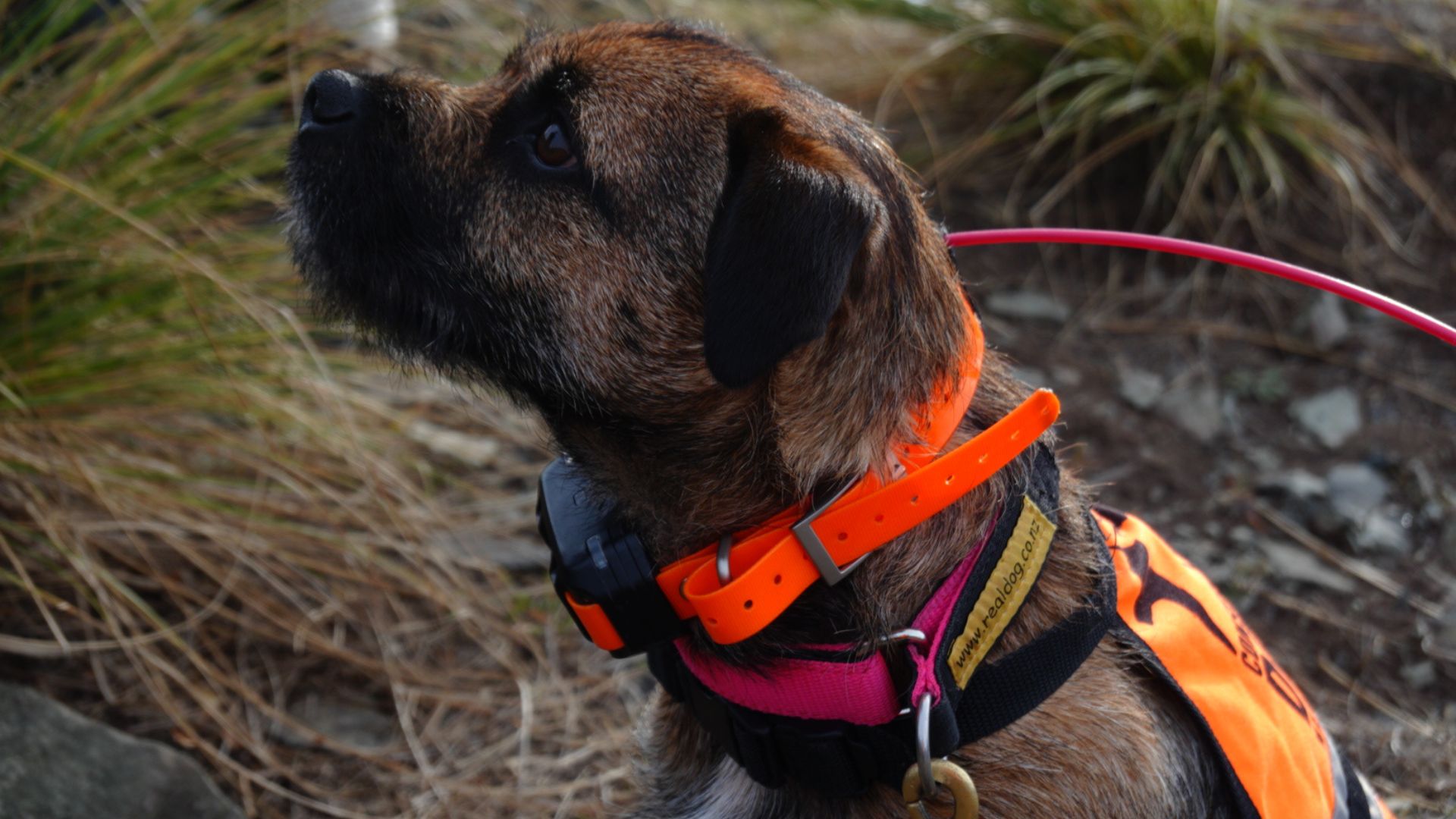
Jonah has an unusual problem. After years of predator control work, few possums are left on the Otago Peninsula, so it can be hard to tell whether Scout has started being “a little bit useless.”
That’s when that jar of possum poo comes in handy. “You chuck down a piece of scat, and he always sniffs out more. It astounds me.”
The Otago Peninsula used to crawl with possums. Now, it’s a hive of Dunedin’s best pest controllers tasked with getting rid of the very last possums.
Staff from City Sanctuary, Halo Project, and the Otago Peninsula Biodiversity Group are working together as Predator Free Dunedin. They’re helped by the Banks Peninsula team, experts in toxin elimination operations, who are carrying out a toxin operation across two areas of the peninsula.
They’re using all the tools in the kete: AI traps, heat-detecting drones, and the most complex technology of all, Scout the border terrier’s nose — because finding the last survivors is really tricky.
The dog
Possums are prolific poopers — they leave about 100 droppings a day. It’s a lot easier to find that much poo than it is to find the possum itself.
That’s where Scout comes in. Scout’s impressive because he is extremely efficient.
“If we go to a 100-hectare property and put the scat dog through there first, we can work out that there’s scat across five or 10 hectares of that, and then we can essentially leave the other 90% of the property,” says Jonah, who also managed Halo Project’s predator free efforts.
With so few possums left on the peninsula, pinpointing their location saves a huge amount of work.
Jonah spent two years training Scout.
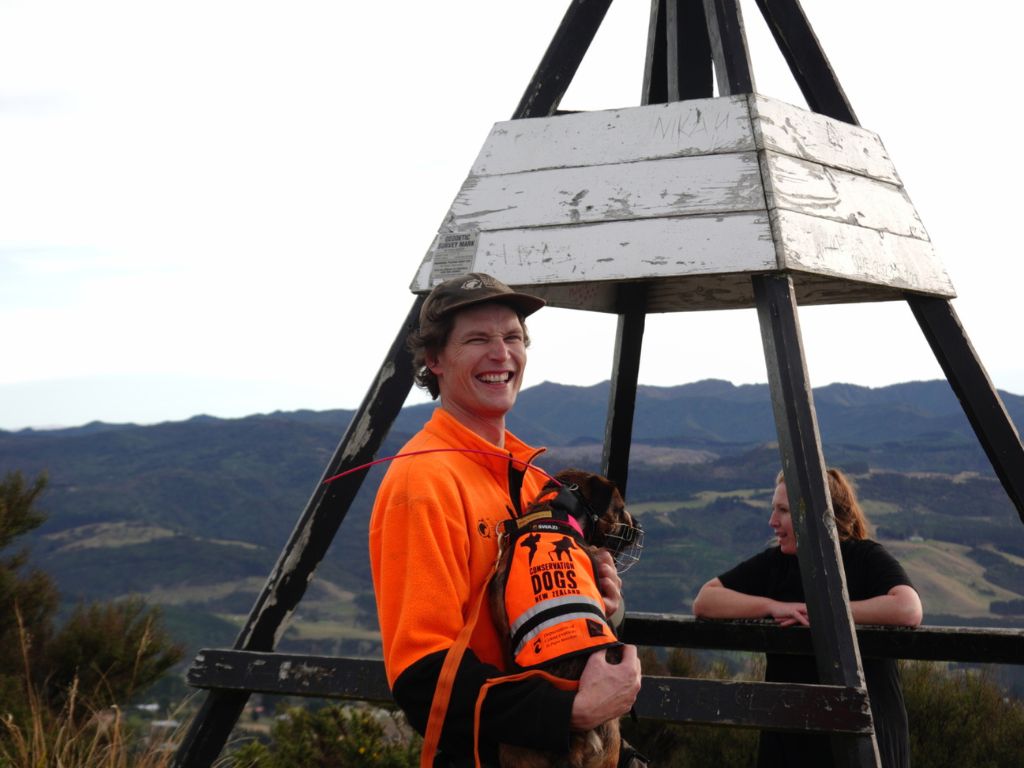
Every year, Scout gets assessed to ensure he’s still safe around non-target species and sniffing accurately. Scout was a kind of side project for Jonah, but boy, is he a good one.
Plus, Scout’s small – he can get under dense, tangled vegetation. And he has people power. “He’s extremely cute,” Jonah says. “He’s like a little teddy bear, even though he’s a giant, ferocious dog on the inside.”
The AI
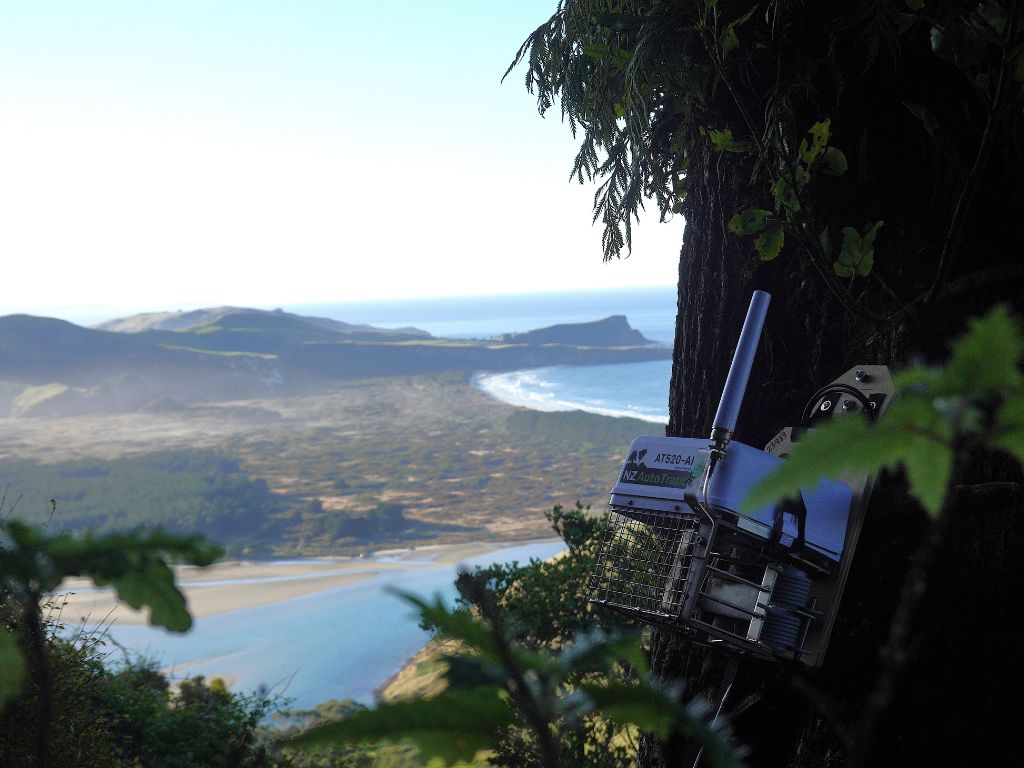
Kim Miller, the Halo Project’s predator free field lead, is a data guy.
He oversees a network of AI-powered traps equipped with cameras that log sightings in real-time. The AT520-AI traps detect what sort of species is walking past, checking out, or entering a trap and will only trap target species.
“With trail cameras, it’s dependent on how frequently you can service them to get the information. Often, they are left out for a couple of weeks, so you could be behind in predator detection.
“One of the best features of this AI tech is its immediate real-time information,” he says.
Then, they know where to set more traps or when to send in a hunting dog to track down those elusive possums that won’t enter the trap.
Kim calls these last possums “ghost possums… they turn up for a split second, and then they’re off again.”
These ghost possums “are very neophobic [wary of new things] and have either really small home ranges or spend most of their time high in a tree.”
Kim recalls one possum constantly getting sighted on a trap’s camera but seemed to ignore the lure. “We finally caught it by moving a trap right on the tree it was living on.”
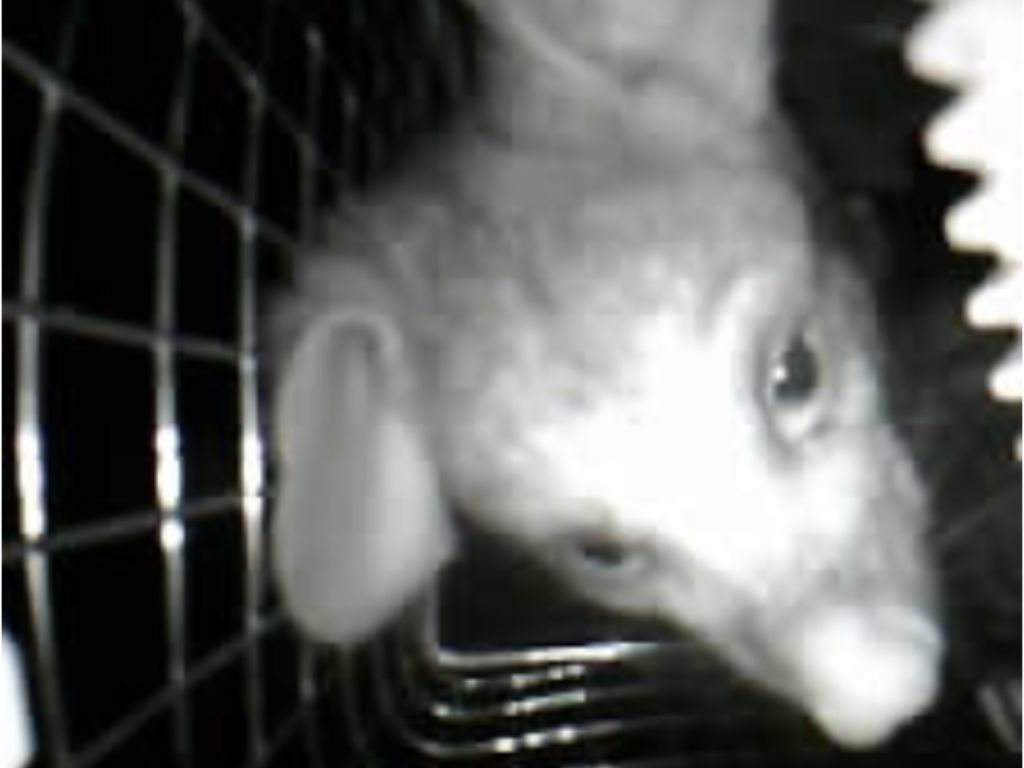
The drones
Thanks to millions of years of ocean slamming against the land, the Otago Peninsula has some pretty hostile cliffs.
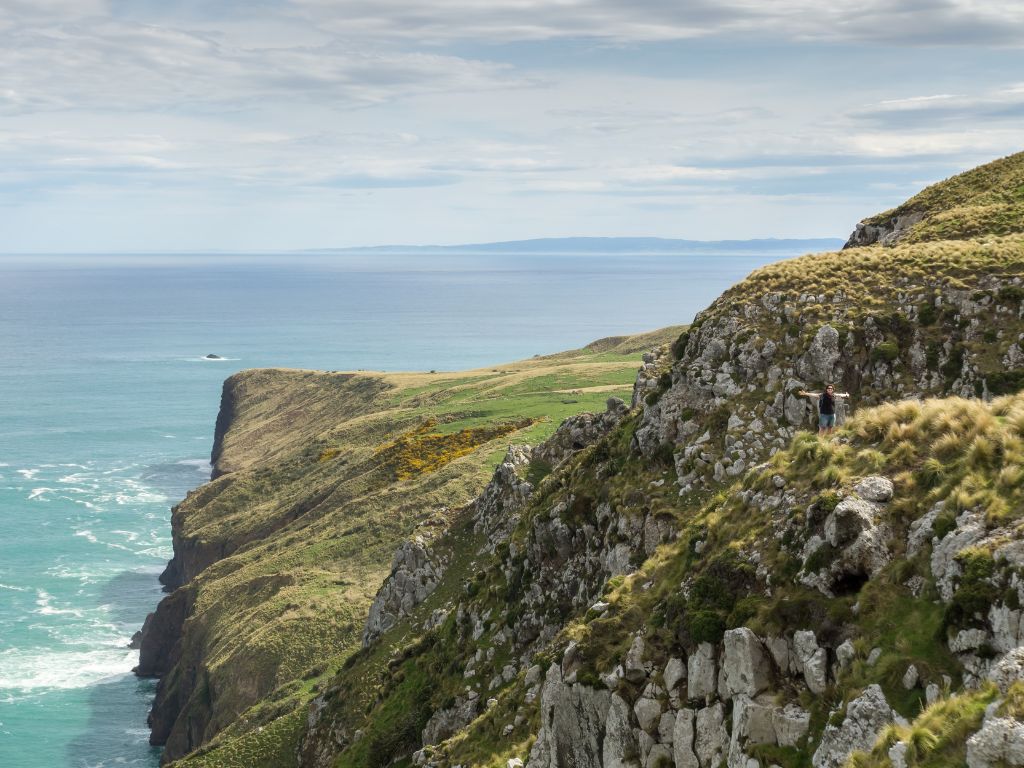
It’s in these parts of the peninsula that heat-detecting drones do their bit.
“For us to even be able to survey them any other way is almost impossible,” says Jonah.
Provision managing director Khan Adam explains, “The possums emit heat when they are out feeding, and the thermal camera on the drone detects this.“
“We can then drop a waypoint location where we found the possums so the team can devise a control plan.”
Like dogs, drones allow large sections of land to be surveyed quickly, particularly tricky sections that even dogs can’t manage.
The people
Those who live on or use the peninsula are also helpful possum detectors. Locals look for possum droppings, listen for them, and set their own traps.
“Reporting sightings of possums is helpful in an area with really low densities. We can respond to those callouts,” Kim says.
Since 2018, with funding and support from Predator Free 2050 Limited, they have removed 60,000 possums, more than 20,000 rats and 2,000 mustelids. Locals are seeing wildlife start to thrive, including ruru (morepork) in new areas, titipounamu (rifleman), korimako (bellbird), and tūī.
With the drones, the dogs, a toxin programme, and AI technology coming together, there’s confidence that every last possum will be eliminated.
“We’re gonna get to zero”, Jonah says.

